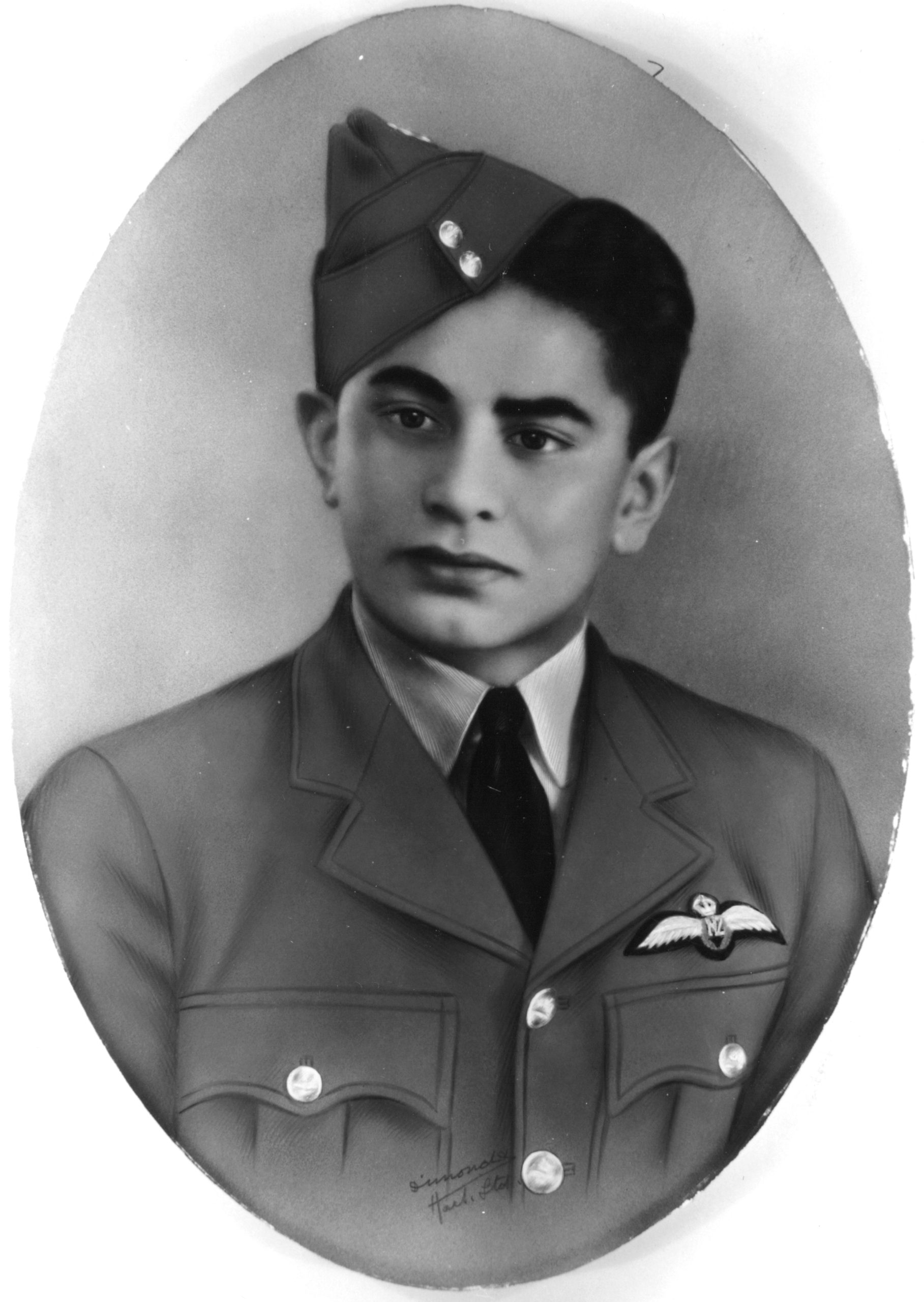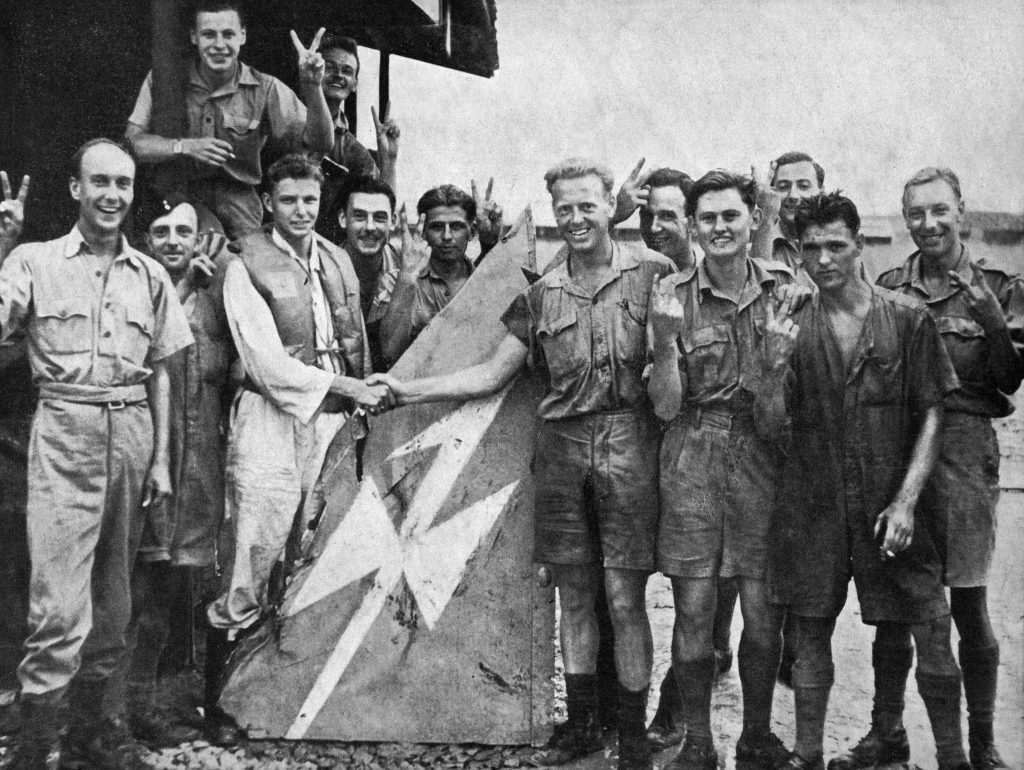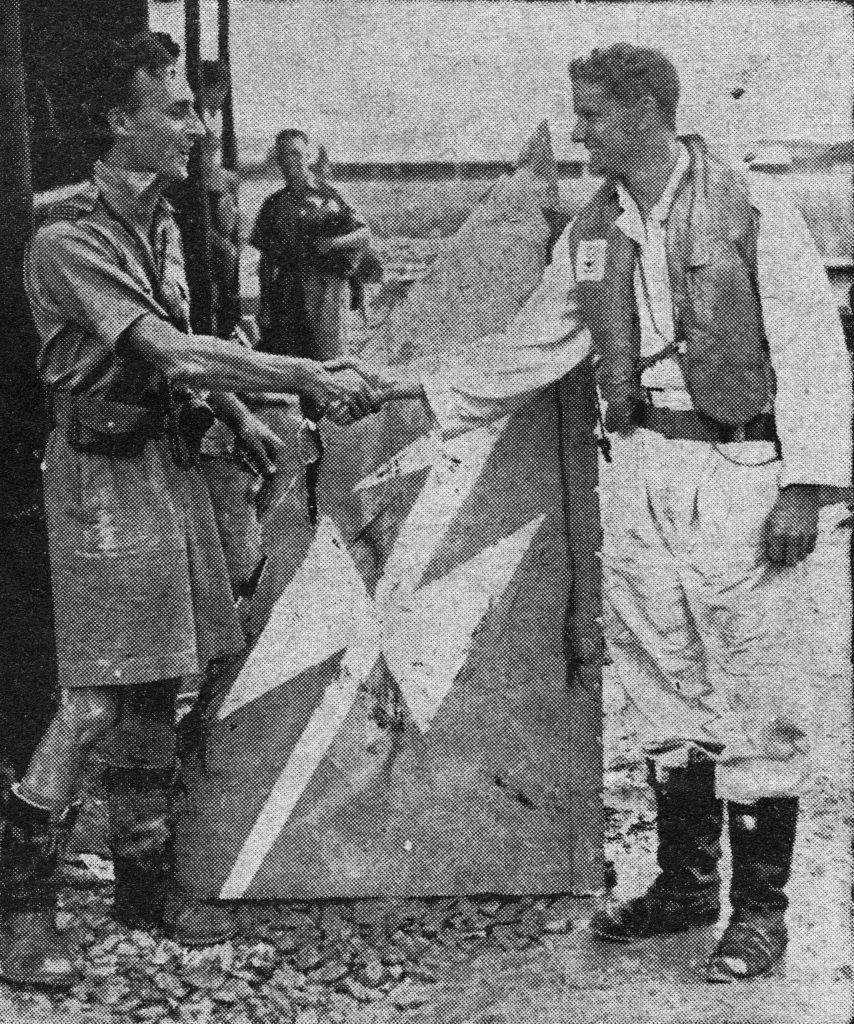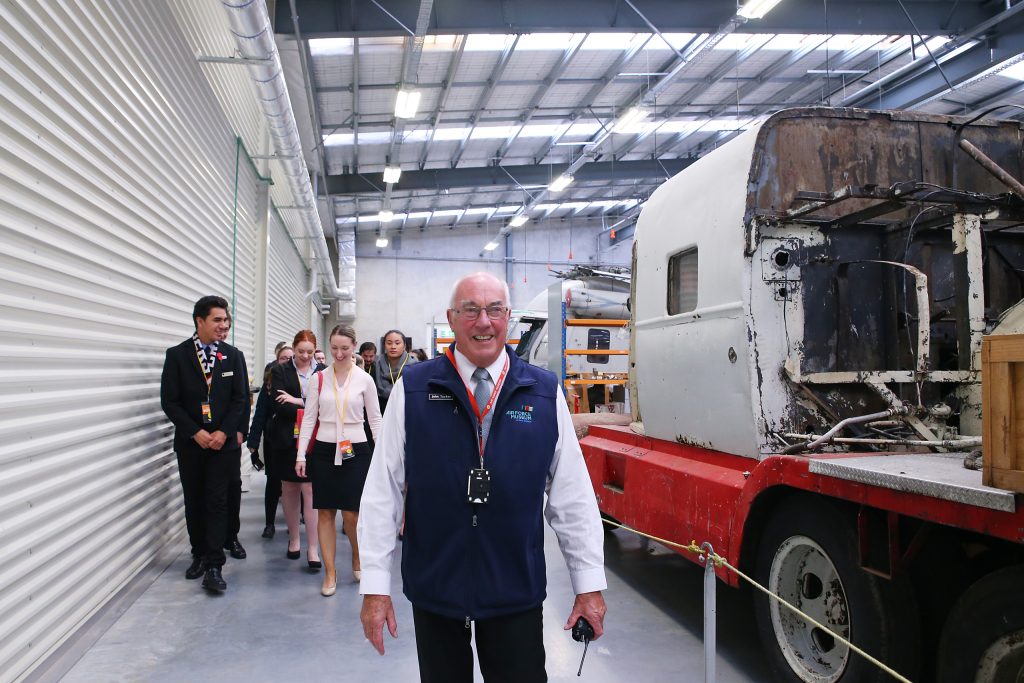Warrant Officer Herbert Samuel ‘Bert’ Wipiti and Sergeant Charles Thomas ‘Charlie’ Kronk met at the Initial Training Wing, RNZAF Station Levin on 18 January 1941. Here they developed a close friendship.


Charlie’s mother would later describe the pair as being as close as brothers and willing to die for each other, despite the fact she never saw the two together in person. The strength of their friendship evident in the letters Charlie, and later Bert, wrote to her.

They completed their flying training on 24 May and were both promoted to the rank of Sergeant shortly after on 5 July. A few weeks later, on 22 July they embarked for Singapore. Bert was one of the first Māori pilots to be deployed overseas and the first to be posted to an operational squadron beating Flying Officer Porokoru Patapu ‘John’ Pohe, the very first Māori pilot to leave Aotearoa, by 10 days. Here the two friends were briefly separated before reuniting on 16 September when Charlie was posted to the same squadron as Bert, the newly reformed No. 243 Squadron RAF, based at Kallang.

Operating obsolete, outmatched and as a result largely ineffective Brewster Buffalos, No. 243 Squadron stood little chance against their aerial adversaries. The Buffalos often struggled to climb to combat altitude before Japanese raiders had dropped their bombs and fled. When they did manage to engage, they were easily outmanoeuvred and defeated. Poorly adapted for the hot, Pacific environment Leading Aircraftman James Home described the Buffalo as “… short, fat and stunted like a beer barrel fitted with an engine, and when the engine started up it couldn’t make up its mind whether to continue running or cough up its innards and report sick.” He further commented: “I hated to think how any of our Buffalo pilots felt when they faced the Zero – one thing for sure, he needed to be brave.”
Outmatched by the enemy from the beginning of hostilities in December 1941, the four Commonwealth squadrons stationed in Singapore hadn’t brought down a single enemy aircraft, despite heavy fighting. That all changed on 10 January 1942 when Bert and Charlie encountered a lone Japanese Mitsubishi Ki-46 Dinah reconnaissance aircraft.
Bert and Charlie had already climbed to their patrol altitude when they were put onto the enemy by the operations room who had been meticulously tracking the aircraft. Spotting their enemy below them Bert dived to engage. His first burst of machine gun fire damaged the Dinah’s port engine, slowing it down and ensuring it couldn’t climb away from the much slower Buffalos. Charlie came up from below with a second burst striking the engine again, causing it to ignite. Bert and Charlie followed the stricken aircraft all the way to the ground, expending all their ammunition.
The pair were later interviewed by American correspondent George Weller with Bert saying, rather reservedly, “I slipped down from above and gave him a long burst in his motor”. Charlie elaborated a little more stating “I came up from underneath and saw the big body of the plane with its great red circles on the wing right over my head… Then I pressed the tit and emptied everything I had into her. I kept firing until all my ammunition was gone. She was burning all the way to the ground.”
Sergeant Vincent ‘Vin’ Arthur, a fellow pilot of No. 243 Squadron, recounts the event in his diary:
“This morning Wipiti and Kronk shot down an Army 97 heavy bomber. It flew over the drome and we told Ops. who immediately got Wip. and Charlie on to it. Both chaps attacked it simultaneously. Wipiti aiming for the port motor and Kronk at the pilot. Both used up all their ammo. They fired at the plane all the way down from 9000’ to 0’. Then it finally crashed into the hill in Johore the port engine was blazing furiously. When Wip. and Charlie got back they did Victory rolls.”

This victory was a great boost to morale for the beleaguered forces in Singapore, proving the enemy wasn’t untouchable in the air. For his role in this victory and displays of ‘outstanding courage and determination whilst engaging large formations of enemies’ Bert was awarded the Distinguished Flying Medal in March 1942. Sadly, the valiant efforts of those defending Singapore were in vain. Evacuation and surrender to the Japanese came just over a month after this aerial victory.

Bert and Charlie’s story would not end there, however. Charlie flew one of the last serviceable Buffalos out of Singapore to Sumatra. Bert evacuated by sea but his ship was sunk off the coast and he floated through water for over half a day. Worried that his close friend was still stuck in Singapore Charlie planned a clandestine, and likely suicidal, flight back to locate Bert. His plans were stalled when the Japanese raided his airfield and destroyed the aircraft he planned to fly. Distraught, Charlie returned to his tent only to find Bert, who had swum ashore, resting on his cot. Relief at their reunion was short lived. With Japanese forces closing in quickly Bert and Charlie were evacuated to India in March 1942.
In India the two friends were again briefly split. Charlie was posted to the RAF Test and Dispatch Flight based in Karachi, western India (now part of Pakistan). Bert was posted to No. 67 Squadron RAF based in Calcutta (now known as Kolkata) This separation did not last long however with Charlie being posted to No. 67 Squadron in April 1942. While with No. 67 Squadron Bert and Charlie flew together at any opportunity, including three operational patrols. Tragically, on 28 May 1942 Charlie was killed in an accident when his Hawker Hurricane crashed near the gasworks at Alipore, India.
Devastated at the loss of his close friend, Bert wrote to Charlie’s mother to inform her of his death and how much his friendship had meant to him. Their correspondence continued and while the two had never met their connection to Charlie gave them the common ground to become close. To make matters worse, while in India Bert was exposed to discrimination from some British officers which may have played a part him being refused a commission despite being described as a natural leader by other who had served with him.
The loss of his friend and the continual discrimination took a toll on Bert. In response his commanding officers made the unconventional decision to post him to the United Kingdom. On 13 August 1943, after a brief period retraining on Supermarine Spitfires, Bert was posted to No. 485 (NZ) Squadron RAF where he was once again surrounded by his fellow New Zealanders. While with No. 485 Squadron Bert took part in several operational flights and was credited with one further victory, bringing his total tally up to four with several other probables.
On 3 October 1943 Bert was engaged in a bomber escort mission over northern France. He and his new wingman Sergeant George Couper, along with other No. 485 Squadron pilots, engaged a group of enemy fighters over the Somme estuary. In the ensuing dogfight George and Bert were separated. Later accounts by George suggest the pair may have brought down one enemy before they were forced apart but George’s Spitfire was so severely damaged, he was forced to head for home, barely making it back. Bert was not so lucky. He was shot down and presumed to have crashed somewhere in the English Channel, his body was never recovered.
Sadly, like so many others, Bert and Charlie’s story does not end on a happy note. The tale of these two incredible friends is often reflected across many others’ wartime experiences. Drawing comfort and strength from those around you and determination to keep fighting for your comrades in arms. Bert and Charlie’s names are memorialised, along with others who gave their lives in service, on our museum’s Roll of Honour.





